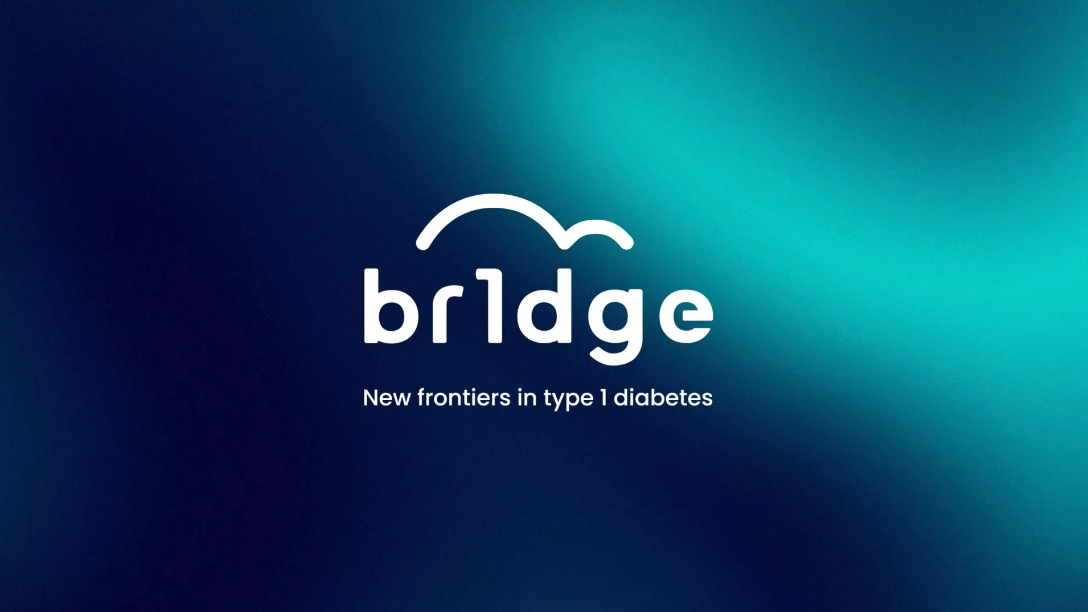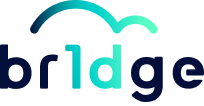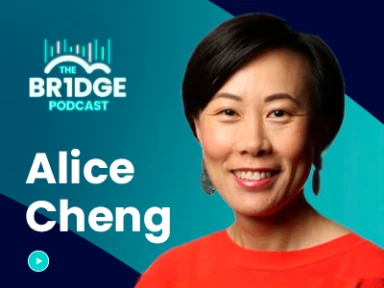- Resource
- BR1DGE
- Staging
- Video
Key Insights from T1D Screening Programs Highlight the Benefits of Early Detection
A short video of Professor Albanese O’Neil describing the benefits of early detection of T1D as discovered through early detection screening programs.
Learning Objectives
- Recognize T1D screening programs across the globe are using IAb testing to identify individuals at risk of Stage 3 T1D
- Describe how insights from these programs highlight some of the benefits of early detection of T1D
- Provide insights into some of these benefits in detail such as reduction of DKA at diagnosis of Stage 3 T1D

Summary
What have we learnt? What we have learnt is we can reduce DKA at diagnosis significantly through early detection, screening for early detection and, importantly, follow-up monitoring. That second piece is essential. We've got to follow people once we detect those autoantibodies.
This is a powerful clinical imperative. DKA is a trauma. I experienced it as a parent of a child with type 1 diabetes. I would argue that reducing DKA is a profound advancement that we can realize now through early detection. We can also identify these individuals early. We can indirectly, by preventing DKA, reduce microvascular and macrovascular complications. We can also encourage people to enroll in clinical trials.
At Breakthrough T1D, we have a dream, in type 1 diabetes, that we create a culture of clinical trial participation. We do not have that culture now. So, I'm going to ask all of you to think about talking about clinical trials in every clinical visit so that we can move the field forward faster. Participation rates now average about 10 percent of the community. And then finally, early detection allows for a smooth landing. It's not an abrupt diagnosis in the hospital setting under stress and trauma, but it's the opportunity to be educated, get support, and prepare.
MAT-GLB-2503049 - 1.0 - 09/2025


.jpg/jcr:content/225SFAD0116_Talks_Preview_400x300%20(2).jpg)
.jpg/jcr:content/225SFAD0116_Symposium_Dayan_400x300%20(1).jpg)